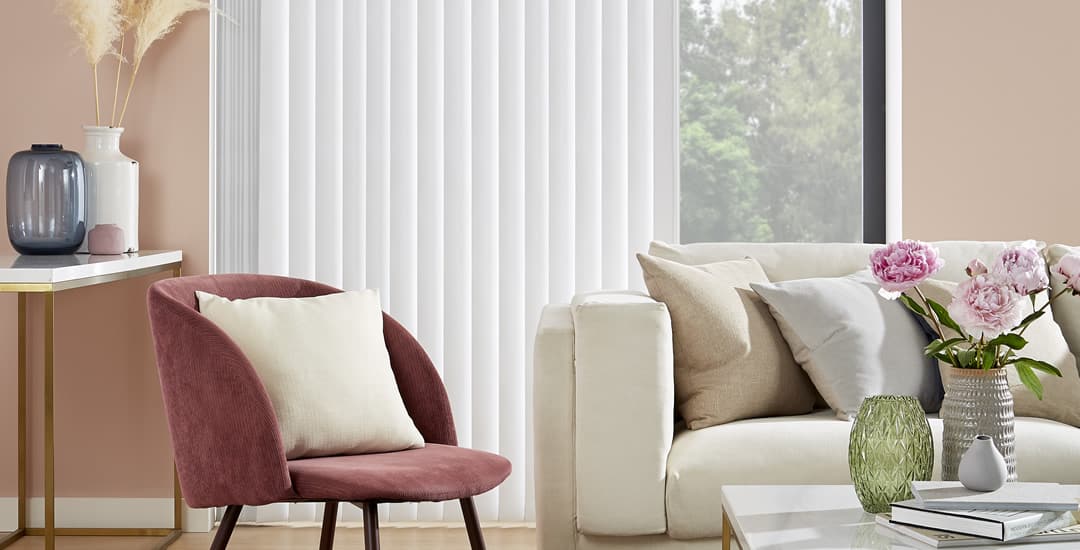
Yes, vertical blinds are good for privacy, and you can use them to occlude the view others have of inside without losing all of the natural light coming in if this is important to you, and you can alternatively close them fully to prevent any view of inside at all.
Different types of vertical blinds (and how you use them) enable differing levels of privacy, and this blog post will tell you more about using vertical blinds for privacy, and their benefits and potential limitations.
Are vertical blinds good for privacy in general?
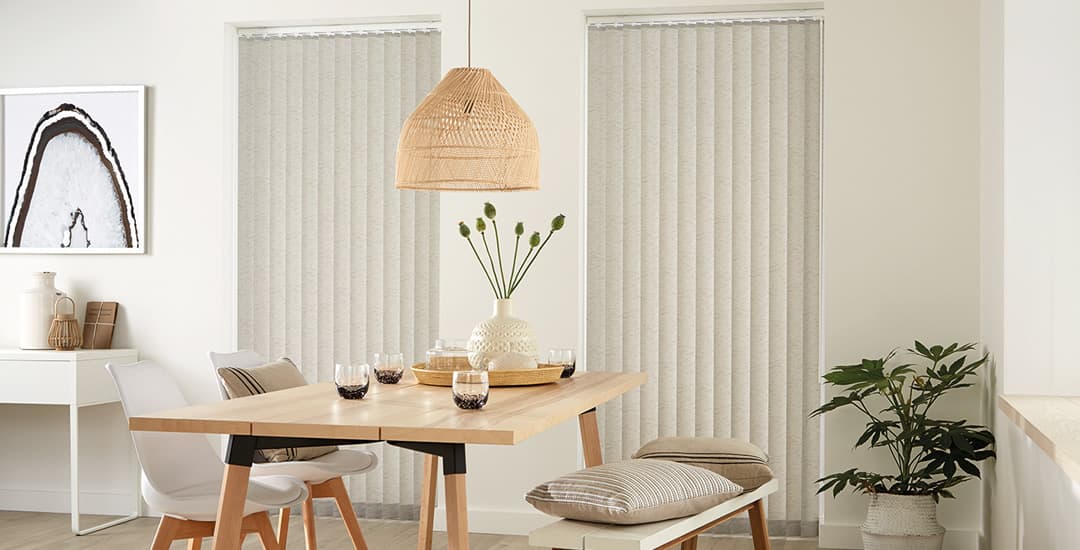
Yes, when you close vertical blinds of any type, they will stop anyone outside being able to see who or what is inside, and what, if anything, they are doing!
However, some lightweight jacquard weave vertical blinds might enable people close to the window outside to see faint shadows or outlines from inside if you have the lights on (particularly if you’re moving around close to the window), which essentially means letting them know that the room is occupied, albeit that’s about it.
Dimout vertical blinds will also allow a level of diffuse light from inside to show up outside too, which can allow people outside to tell if you have a light on in the room at night.
What type of vertical blinds are good for privacy?
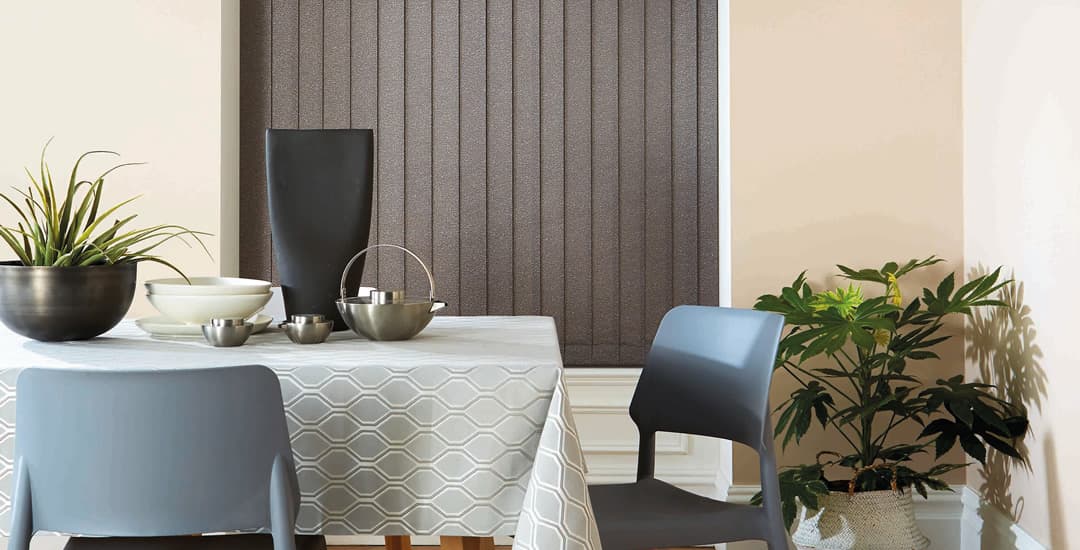
Fully closed and with their louvres aligned flush, any vertical blinds (regardless of material) are good for privacy, but the most effective choice in this regard is blackout vertical blinds.
Blackout vertical blinds will fully negate any possible view of what is going on inside; even if you were stood right up against the blind shining a torch in your own face, nobody could see you!
Depending on how you hang your vertical blinds, even blackout vertical blinds might allow a level of light leakage around the edges, but even so, nobody outside will be able to see in.
Are vertical blinds good for privacy in the bathroom?
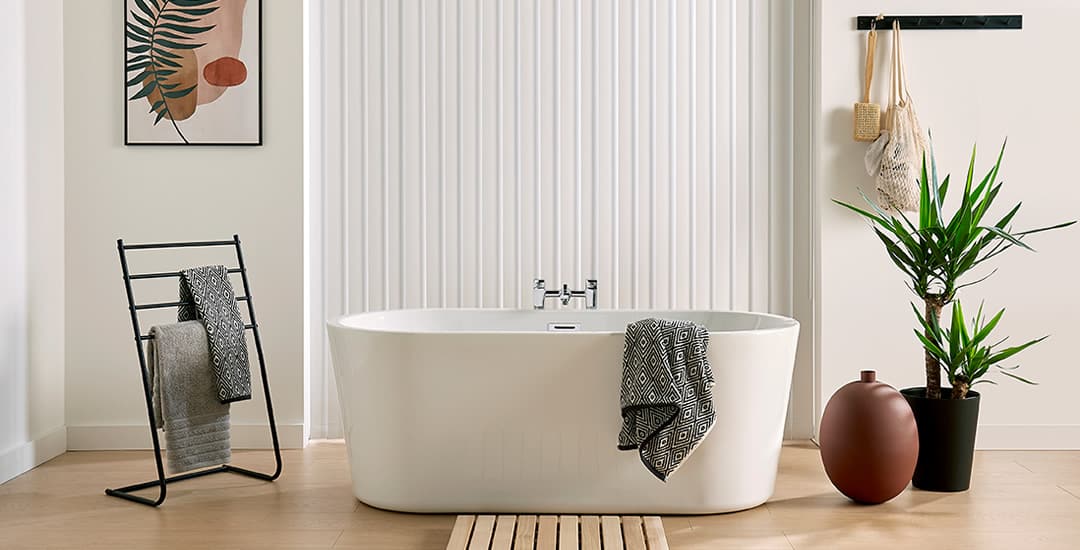
Yes, as long as you choose waterproof vertical blinds, which means those made of either PVC or vinyl. Both of these types of vertical blinds are also blackout blinds, to maximise your bathroom privacy (and also, insulation)!
Are vertical blinds good for privacy during the day?
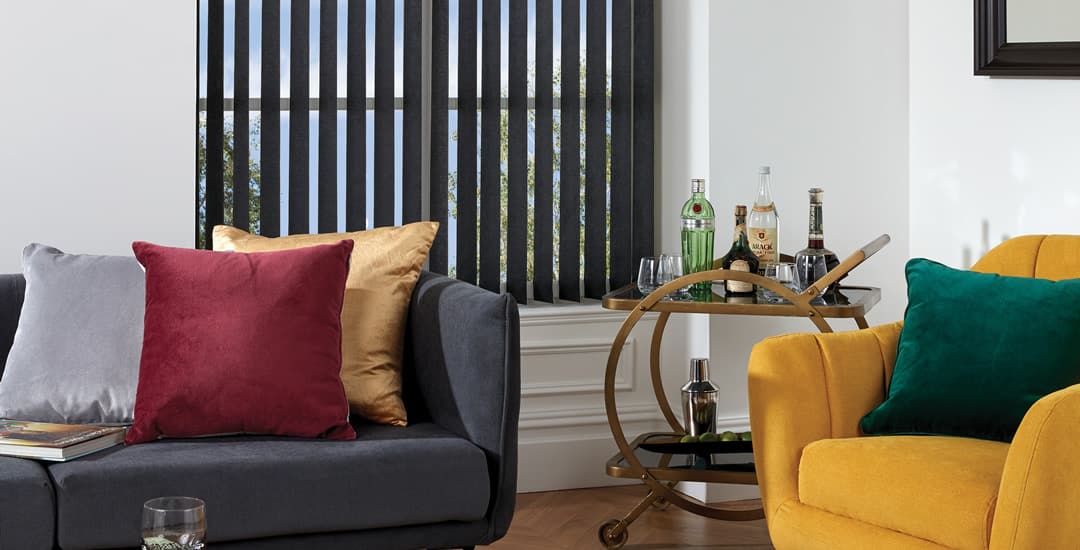
Yes, because if you close the blinds but tilt the louvres rather than having them lie fully closed/flush, you can maintain both a partial view of outside and a reasonable level of natural light, whilst preventing most potential intrusions from outside.
This effect is most pronounced if it is bright outside and you’re not using any interior lights; however, on a dull day, if you’re using internal lighting, people outside may be able to get a reasonable view through the gaps in your louvres, depending on how acutely they are angled.
Anyone who did stand right against the window peering in (regardless of lighting levels) would still be able to get a view of the inside of your room, but for preventing passing nosey Parkers rather than committed spies, vertical blinds are generally more than sufficient!
Are vertical blinds good for privacy when it’s dark outside?
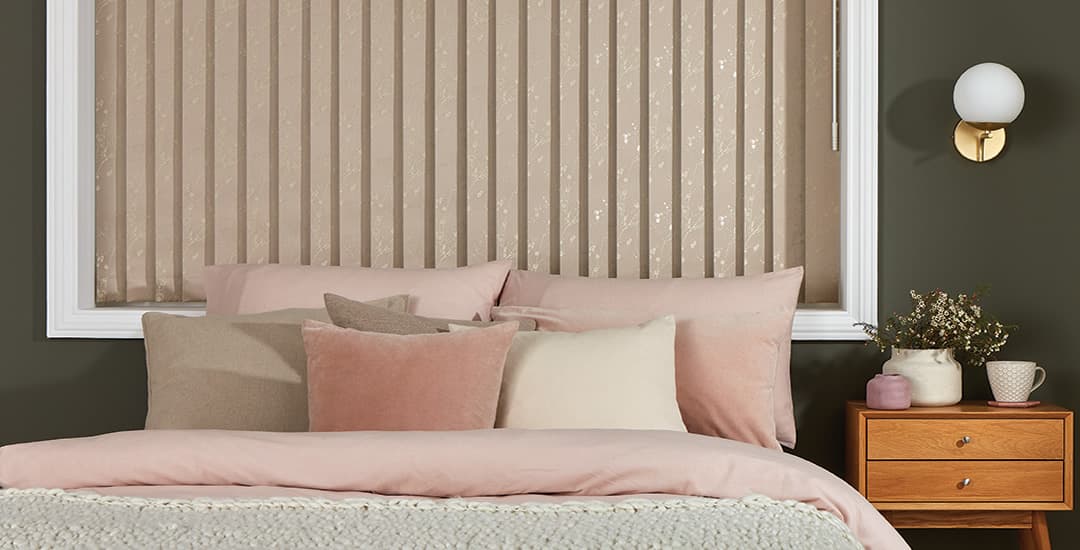
Yes, as long as they’re fully closed with the louvres lying flush. If you have gaps in the louvres and your room is lit whilst it’s dark outside, passers by will be able to see through the gaps.
Also, if your vertical blind is a lightweight dimout blind such as those made of loose Jacquard weave, passers by may be able to see faint outlines and shadows.
Can people see through your vertical blinds if they move in a breeze?
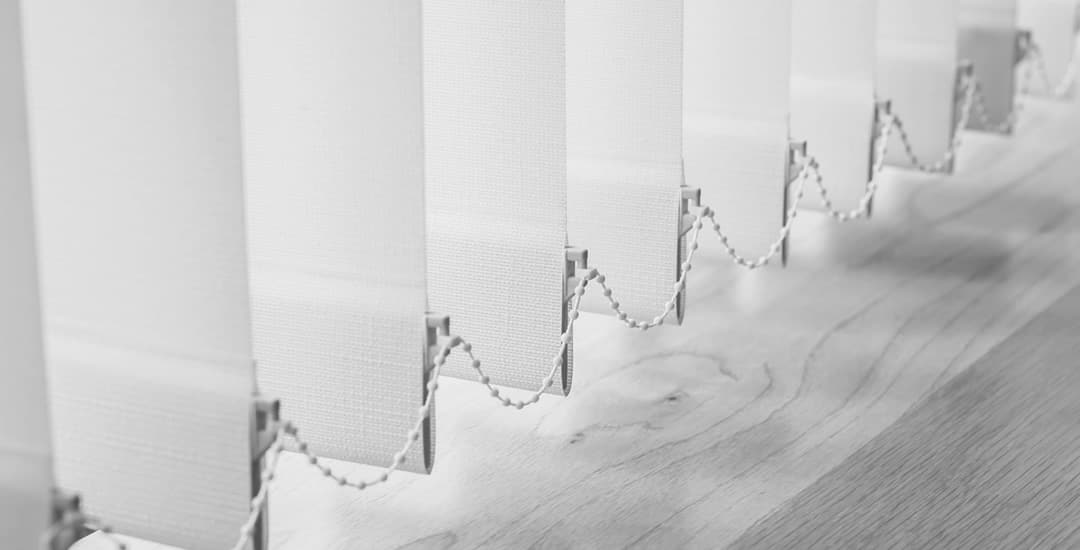
Yes, possibly. This is perhaps the one downside of vertical blinds for privacy, which isn’t replicated in other types of blinds.
If the window behind your blind is open and creating a breeze, or even if internal draughts or air movement (such as from opening and closing a door) move the blind, this can cause the louvres to sway and create small, fleeting gaps.
However, the bottoms of the louvres are weighted and connected together to prevent this, and so the effect is generally minimal; but it is worth mentioning just in case.




